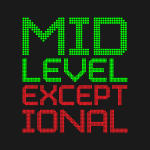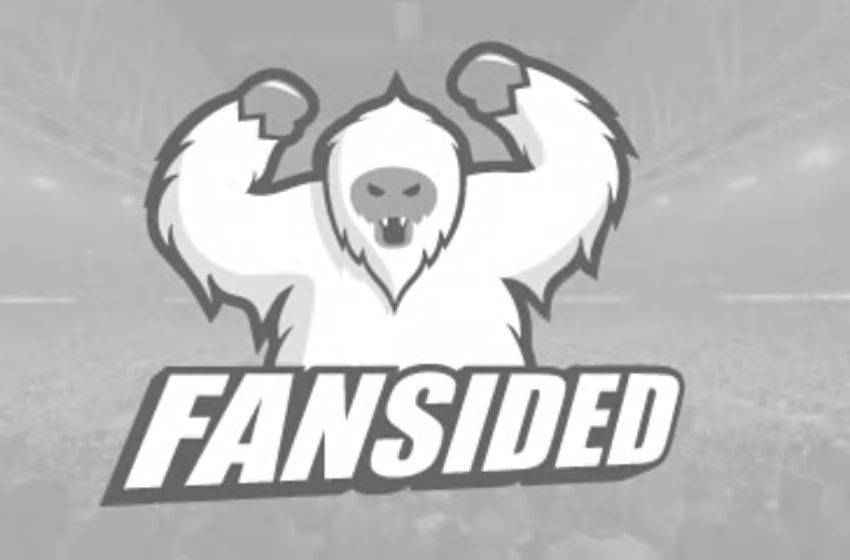What Happens When a Team Declines an Option on a Rookie Scale Contract?
Since the start of the regular season coincides with the deadline for extensions on options on rookie scale contracts, we often find those important decisions lost in the excitement of having actual games to watch.
Under the current Collective Bargaining Agreement, first round picks under the rookie scale have set contract amounts that can range from 80%-120% of that scale but must be agreed to by team and player. Those rookie scale contracts all have the first two years guaranteed and separate team options for the final two seasons. While that structure helps teams mitigate their risk in case of a mistake, the options on these rookie scale contracts have different rules that help balance the power a little more fairly. First and foremost, unlike most options which have to be picked up or dropped in late June immediately before the season in question (not to be confused with non-guaranteed contracts which have different rules), teams must decide on these rookie scale options almost a full season before with a deadline of Halloween of the previous league year. The combination of an earlier decision date and a low rookie scale means that franchises are more reticent to decline an option that could look much better in June and July.
The other factor that differentiates team options on rookie scale contracts from other team options is what happens when a team declines one.
When a team declines an option on a rookie scale contract, two important things happen:
- The player in question will be an Unrestricted Free Agent after that season.
- The amount of the option that the team declined is the most the team that has the player when that contract ends can pay him the following summer.
The CBA puts that second restriction on to avoid a situation where a franchise could game the rookie scale by agreeing with a player to decline an option and paying them a higher salary, presumably on a longer deal. Remember that second round picks do not have this rule which explains why the Rockets could have matched Chandler Parsons’ big contract after declining a small team option. This salary restriction includes exceptions like the Mid-Level and Bi-Annual or even cap space- teams cannot pay more for that season than the option would have been, simple as that. Major League Baseball goes the other way here and allows players to replace low salary and arbitration years (often in exchange for signing away free agency years) but the NBA’s soft cap and smaller rosters make this restriction a smart one.
Additionally, the team also has a cap hold for the amount they would have paid the player under his rookie scale contract for the following season, though they can renounce it to clear the space.
Let’s use Thomas Robinson as an example. Portland had a team option for the 2015-16 season that would have paid T-Rob about $4.66 million. Declining it means that Robinson will be an Unrestricted Free Agent this summer free to sign with anyone he likes without matching or compensation. While he can sign with any of the other 29 teams for whatever amount he likes from his minimum to his maximum, Robinson cannot come to any agreement with Portland that would have his first-year salary higher than that approximately $4.66 million amount.
In an interesting twist, it appears that Article VII, Section 6(m)(4) of the CBA puts that salary limitation on the team that has the player when his rookie scale contract ends rather than the team that declines the option. This would mean that if Portland traded Robinson during this season, the salary restriction would shift from the Blazers to the team that acquired him. This situation seems awfully unlikely but is fun to ponder nonetheless.
Hopefully this helps you understand a strange and sometimes underappreciated part of running an NBA team. If you have any further questions, ask me on Twitter @DannyLeroux.


